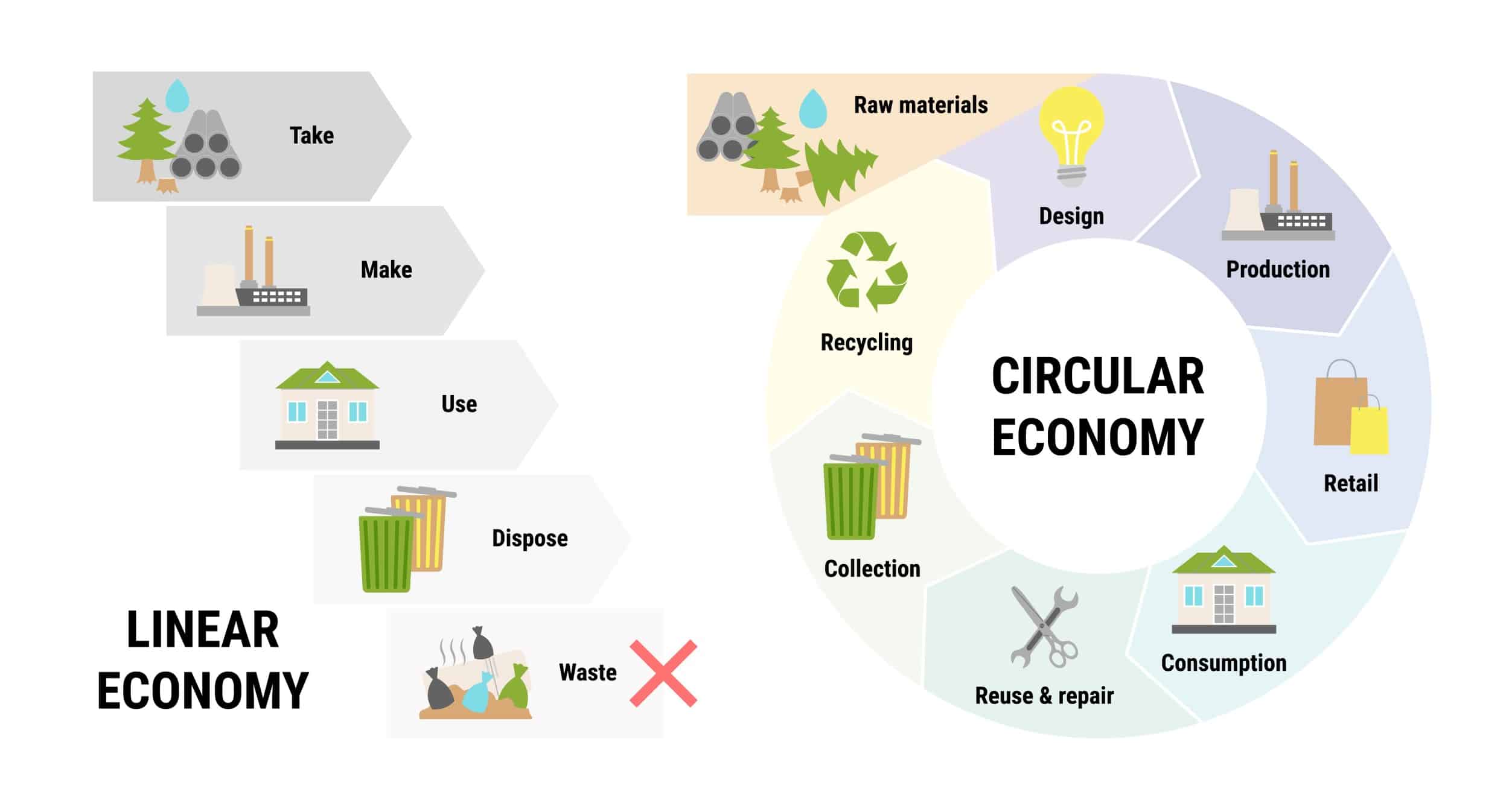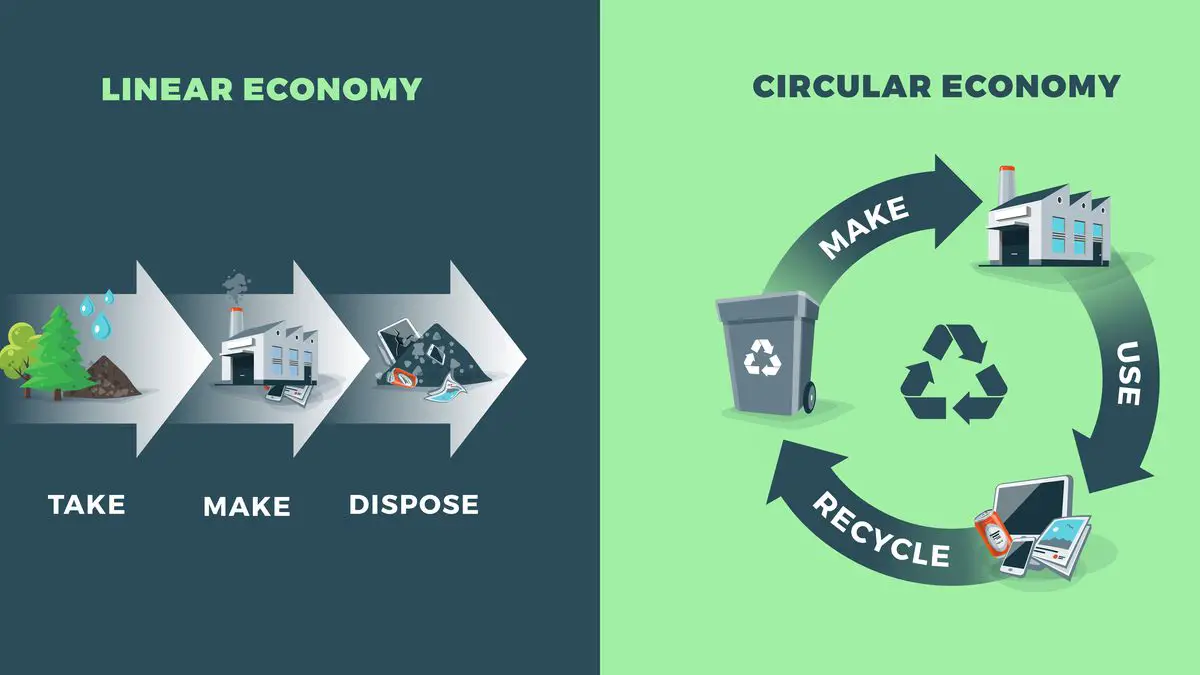Blockchain and the Circular Economy: A Sustainable Approach to Business

In the face of growing environmental concerns, businesses are under increasing pressure to adopt more sustainable practices. The linear economy model, which involves extracting, producing, and disposing of goods in a linear fashion, is no longer sustainable. This model leads to resource depletion, pollution, and climate change.

The circular economy offers a more sustainable alternative to the linear economy. The circular economy is based on the principles of circularity, resource efficiency, and regeneration. In a circular economy, resources are kept in use for as long as possible, and waste is minimized.

Blockchain technology can play a key role in enabling the circular economy. Blockchain is a distributed ledger technology that allows for the secure and transparent tracking of data. This data can be used to track the movement of goods and materials throughout supply chains, ensuring that resources are being used efficiently and waste is being minimized.
For example, blockchain can be used to track the movement of recycled materials. This data can help businesses ensure that recycled materials are being used in the production of new products, and that they are not being disposed of in landfills.
Blockchain can also be used to track the carbon footprint of products and services. This data can help businesses make informed decisions about how to reduce their environmental impact.
The circular economy is a key part of the solution to the environmental crisis. Blockchain technology can help businesses adopt circular economy practices and reduce their environmental impact.
Here are some specific examples of how blockchain can be used to enable the circular economy:
- Tracking the movement of recycled materials: Blockchain can be used to track the movement of recycled materials throughout supply chains. This data can help businesses ensure that recycled materials are being used in the production of new products, and that they are not being disposed of in landfills.
- Tracking the carbon footprint of products and services: Blockchain can be used to track the carbon footprint of products and services. This data can help businesses make informed decisions about how to reduce their environmental impact.
- Creating new business models: Blockchain can be used to create new business models that support the circular economy. For example, blockchain can be used to create marketplaces for recycled goods, or to develop new ways to finance circular economy projects.
The circular economy is a promising new way to create a more sustainable economy. Blockchain technology can help businesses adopt circular economy practices and reduce their environmental impact.
